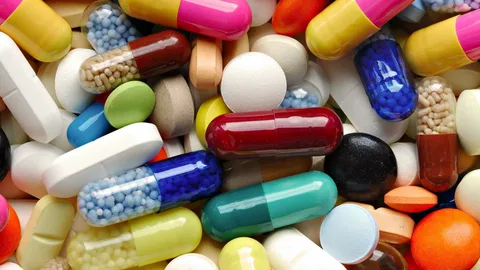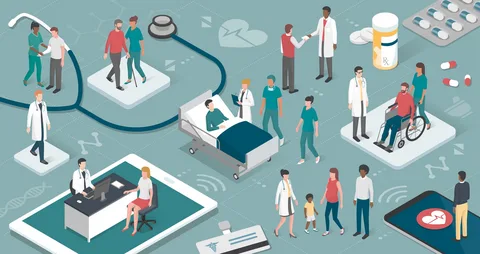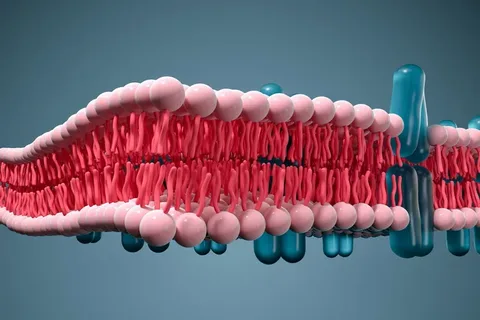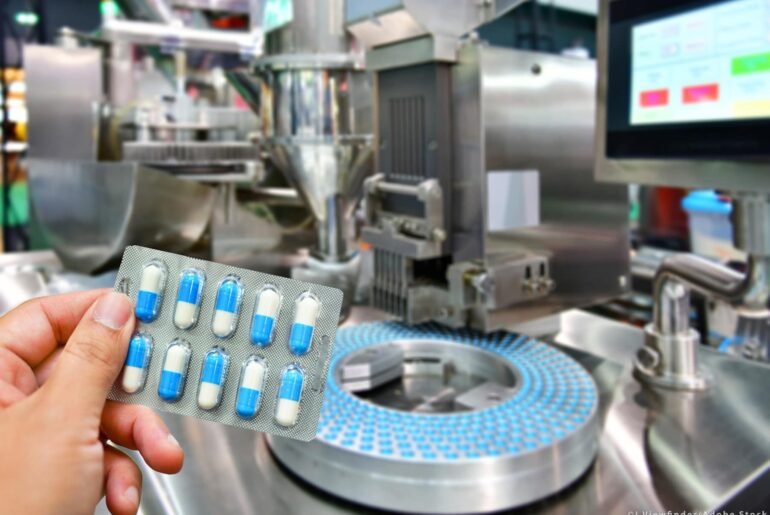Introduction The landscape of drug delivery has evolved rapidly over the last few decades, with innovations aimed at improving therapeutic efficacy while minimizing side effects. Among the myriad advancements, polymer drug conjugates have emerged as a powerful tool in modern pharmaceutical sciences. The development of this drug conjugates for drug delivery offers a strategic approach to enhance the therapeutic efficacy of pharmaceutical agents, while simultaneously optimizing their pharmacokinetics and biodistribution. Drug delivery systems are…
Introduction The global movement toward environmental sustainability has reached nearly every industry, including healthcare. As hospitals and other healthcare facilities seek to reduce their environmental footprint, they are exploring new and innovative ways to reduce waste, conserve resources, and minimize their impact on the planet. One significant development is the growing use of biodegradable medical packaging materials. These eco-friendly solutions are becoming increasingly important as healthcare settings grapple with the vast amount of waste…
Introduction In the evolving world of nanotechnology, the exploration of nanoscale structures has opened new frontiers in science and engineering. Among these innovations, the integration of biomembrane and non-biomembrane nanostructures holds immense potential for revolutionary applications. Biomembranes, which are naturally occurring lipid bilayers that surround cells, have been a focal point in bio-inspired nanomaterials due to their inherent properties like flexibility, selective permeability, and biocompatibility. In contrast, nanostructures, composed of inorganic or synthetic materials, offer…
Introduction In recent years, the development of nano-formulations of drugs has revolutionized the healthcare industry. These novel drug delivery systems leverage the unique properties of nanoparticles to enhance the efficacy, safety, and specificity of therapeutics. Nano-formulations involve the manipulation of drugs at the nanoscale level (1-100 nm), allowing for targeted delivery, prolonged circulation, and improved bioavailability. These advancements hold significant potential for treating a wide range of diseases, including cancer, cardiovascular conditions, neurological disorders, and…
Introduction Nanoformulations represent a promising frontier in drug delivery systems, where the development of efficient carriers can significantly improve the delivery, release, and efficacy of drugs. Polymers play a crucial role in the design and estimation of drugs in nanoformulations. In drug delivery systems, particularly nanoformulations, the stability, release kinetics, and bioavailability of drugs can be significantly affected by the polymers used in their formulation. Polyvinyl Alcohol (PVA), Polyvinyl Pyrrolidone (PVP), Chitosan, and Carboxymethyl Cellulose…
Introduction Cosmetics have come a long way from their humble beginnings of natural oils and pigments to sophisticated formulations involving cutting-edge science. Among the game-changers in cosmetic science are carbohydrate polymers, which are not only natural but also highly versatile in various applications. One of the most fascinating roles they play is as rheology modifiers, substances that affect the flow and texture of formulations. Rheology, or the study of how materials deform and flow,…
Introduction In recent years, the concept of sustainability has evolved from a niche interest to a driving force in various industries, including beauty. Consumers are increasingly conscious of the impact their purchasing decisions have on the environment, leading to a heightened demand for eco-friendly products. This shift has prompted the cosmetic industry to rethink traditional practices and explore innovative solutions that align with the principles of sustainability. One such breakthrough is the use of…
Introduction In the ever-evolving world of beauty, the cosmetic industry continues to advance, driven by a relentless pursuit to enhance beauty while catering to the diverse needs of consumers. From skincare to hair care and makeup, formulating the perfect product involves a complex blend of science and innovation. One of the most critical yet often overlooked components behind the efficacy and user experience of cosmetics and personal care products is the use of polymers…
Introduction In recent years, advances in material science have revolutionized the field of facial prosthetics, offering patients a new lease on life with realistic and comfortable prostheses. Among the myriad of materials used, Polydimethylsiloxane (PDMS) has emerged as the material of choice in modern facial prosthetic applications. This synthetic polymer, widely known for its flexibility, biocompatibility, and durability, plays a crucial role in enhancing the quality of life for individuals requiring facial reconstruction due…
Introduction Polymethyl Methacrylate (PMMA), commonly known as acrylic or plexiglass, is a versatile and widely used material in various industries. Its clarity, durability, and biocompatibility have made it a material of choice in many medical applications, particularly in the field of prosthetics. In the realm of craniofacial reconstruction and ocular prosthetics, Polymethyl Methacrylate (PMMA) plays a pivotal role in the creation of clear rigid orbital prostheses and prosthetic substructures. These devices are critical in…










